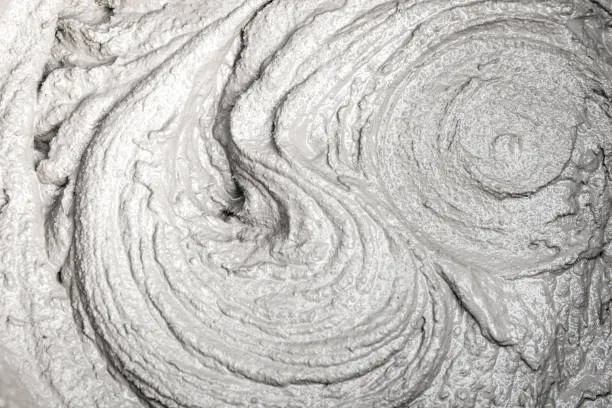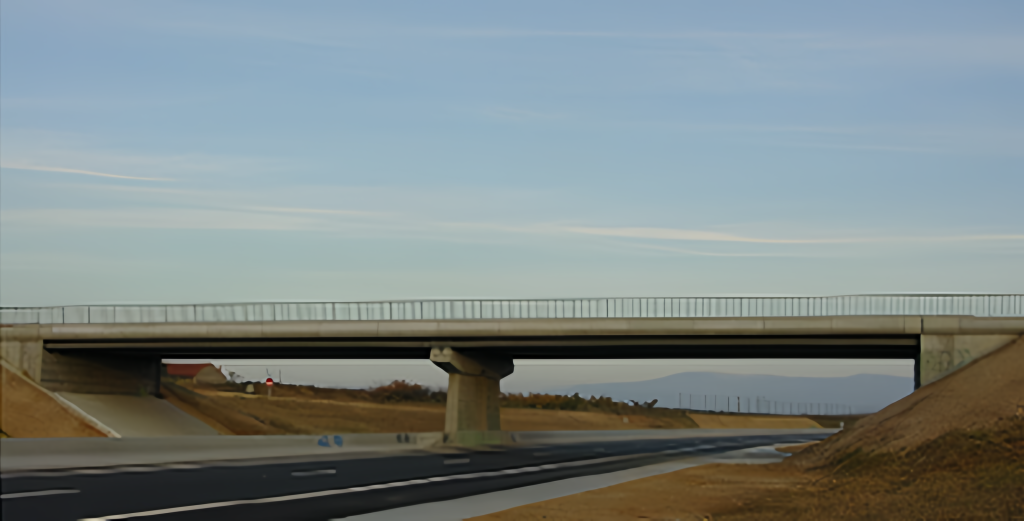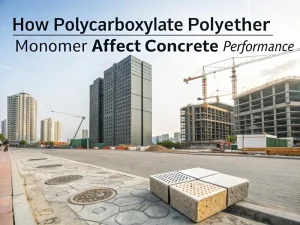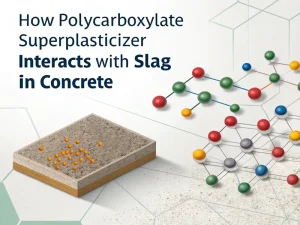Blog

Abstract: Superplasticizers have completely changed the field of concrete technology by improving the workability and performance of concrete. In recent years, people have become increasingly interested in exploring innovative applications of high-efficiency water-reducing agents in special concrete mixtures to meet the diverse needs of modern architecture.
This article will delve into the characteristics of various types of concrete and the innovative applications and benefits of superplasticizers in concrete.
Self-compacting concrete (SCC) can flow and compact under gravity, completely fill the formwork even with dense steel bars, and achieve good homogeneity without additional vibration.
The mixed design of self-compacting concrete needs to fully consider the interrelationships between the flowability, anti-segregation, self-filling, slurry dosage, and volume stability of self-compacting concrete.
Therefore, superplasticizers play a crucial role in SCC. With the help of additives mainly composed of naphthalene-based high-efficiency water-reducing agents, strong dispersing effects can be generated on cement particles, and the aggregation of dispersed particles can be prevented.
The water reduction rate of superplasticizer should be ≥ 25% and have a certain degree of plastic retention function.
SCC is widely used in construction projects, where complex geometric shapes and narrow spaces make it difficult to use traditional vibration methods. However, self-compacting concrete has become the best choice due to its unique properties.
High-performance concrete is a new type of high-tech concrete with characteristics such as durability, workability, applicability, strength, volume stability, and economy. Therefore, the characteristics of high-performance concrete in terms of configuration are:
Superplasticizers are important components of high-performance concrete because they help reduce the water-cement ratio and improve the workability of concrete mixtures. This leads to a denser microstructure and higher strength. HPC is used for critical infrastructure projects such as high-speed railways, bridges, tunnels, and high-rise buildings.
For example, in the construction of high-speed railways, concrete admixtures should use polycarboxylate acid series products, whose technical indicators mainly include: water reduction rate should not be less than 20%, sodium sulfate content should be less than 10%, alkali content should not exceed 10%, sodium sulfate content should be less than 10%, chloride ion content in admixtures should not exceed 0.2%, and air content should not be less than 3%.
Ultra-high performance Concrete (UHPC), abbreviated as UHPC, is the most innovative cement-based engineering material in the past thirty years, achieving a significant leap in engineering material performance. Ultra-high performance concrete includes two aspects of” ultra-high “—ultra-high durability and ultra-high mechanical properties.
The name “ultra-high-performance concrete (UHPC)” was coined in this century because, compared with early CRC or RPC, UPPC has gradually taken shape and been widely used. This is due to the improvement of design theory, the development of ultra-high-efficiency water-reducing agents (polycarboxylate superplasticizer), and the advancement of formulation technology.
UHPC is particularly suitable for use in large-span bridges, blast-resistant structures (military engineering, bank vaults, etc.), thin-walled structures, and in high abrasion and corrosion environments.
UHPC has been applied in some practical engineering projects, such as large-span pedestrian overpasses, highway and railway bridges, thin-walled silos, nuclear waste tanks, steel cable anchoring reinforcement plates, ATM machine protective shells, and so on.

Lightweight aggregate concrete, or lightweight concrete, refers to structural lightweight concrete with a strength grade of LC15-LC60. It is made by mixing lightweight coarse aggregate (ceramic particles), ordinary sand, cement, and water.
Lightweight concrete has high strength, thermal insulation, earthquake resistance, and impermeability characteristics. Compared with ordinary concrete of the same grade, it can reduce the weight by more than 20-30%.
Superplasticizers can be used in lightweight concrete to improve the workability and strength of concrete mixtures.
Lightweight aggregate concrete is widely used in industrial and civil buildings, as well as other engineering projects.
It can reduce the structural weight, improve the structure’s seismic performance, save material usage, improve the efficiency of component transportation and lifting, and provide benefits such as reducing foundation loads and improving building functions (insulation, fire resistance, etc.).
Fiber-reinforced concrete is a cement-based composite material composed of cement slurry, mortar, or concrete as the base and fibers as the reinforcing material.
Fibers can control the further development of cracks in the matrix concrete, thereby improving crack resistance. Due to the high tensile strength and elongation of fibers, the tensile, bending, impact strength, elongation, and toughness of concrete can be improved.
The main types of fiber-reinforced concrete include asbestos cement, steel fiber-reinforced concrete, glass fiber-reinforced concrete, polypropylene fiber-reinforced concrete, carbon fiber-reinforced concrete, plant fiber-reinforced concrete, and high-modulus synthetic fiber-reinforced concrete.
Superplasticizers can be used in FRC to improve the workability and dispersibility of fibers in concrete mixtures. FRC is used for applications that require high tensile strength and ductility, such as industrial flooring, airport runways, and explosion-proof structures.
Superplasticizers have opened new possibilities for developing special concrete mixtures with enhanced performance.
The innovative application of high-efficiency water-reducing agents in self-compacting concrete, high-performance concrete, ultra-high-performance concrete, lightweight concrete, and fiber-reinforced concrete has proven its potential to meet the diverse needs of modern architecture.
With the continuous research and development of concrete technology, we expect to see more innovative applications of high-efficiency water-reducing agents.

How Polycarboxylate Polyether Monomer Affect Concrete Performance
Blog How Polycarboxylate

How Polycarboxylate Superplasticizer Interacts With Slag In Concrete
Blog How Polycarboxylate